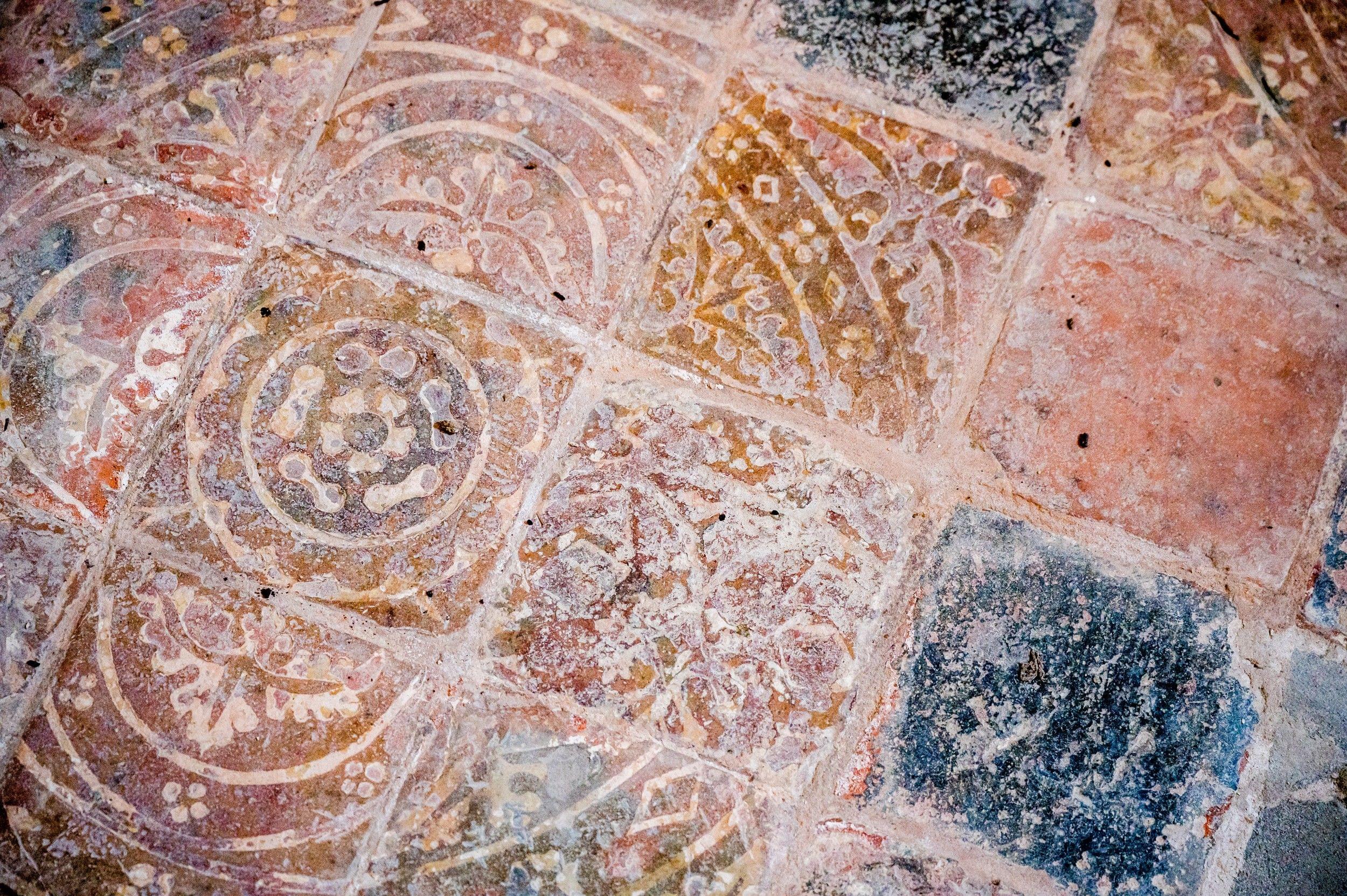St Michael & All Angels
Lamplugh, Cumbria
Lamplugh church, designed by William Butterfield, is located in a dramatic landscape on an elevated site, set against the outlying fells of the Lake District National Park with Owsen and Blake Fells beyond.

Lamplugh, Cumbria
St Michael's is a Grade II* building remodelled by William Butterfield (completed in 1870) on the site of the ancient church c. 1150. Several of the windows are by Charles Eamer Kempe. The church is the only example of a church in the former county of Cumberland completely designed by Wm. Butterfield. The church, which is located prominently in a dramatic landscape and set against the outlying western fells of the Lake District National Park, is valued by churchgoers and parishioners alike (many of whom have known the church for all their life) as a much loved building not only for its visual and emotional part in the community but for its historic associations - particularly pride is taken in the stained glass windows and especially those by Kempe which are often pointed out to visitors. The church is a focal point of the scattered community of Lamplugh providing regular worship and a place for weddings, baptisms, funerals and burials. It is a building in which regular fellowship meetings are held together with concerts, coffee events, and flower festivals and is visited not only for its historical features but for family associations too. Visitors have come from all over the world, as evidenced by comments in the visitors' books.
The grant will help fund a project for repairs to the structure and fabric including the structural movement works, rainwater goods, windows and their surrounding stonework.
Lamplugh, Cumbria
Lamplugh church, designed by William Butterfield, is located in a dramatic landscape on an elevated site, set against the outlying fells of the Lake District National Park with Owsen and Blake Fells beyond.
Mosser, Cumbria
The Fell church is simple in design and plain in ornament, its charm lies in its setting and glimpse into the past.
Dean, Cumbria
In spite of the eclectic origins of its many parts, St Oswald's significance lies it its alterations and accumulation of features over time including Norman font and walls, 13th century windows, 15th century chancel and furniture by Thompson (the Mouseman).